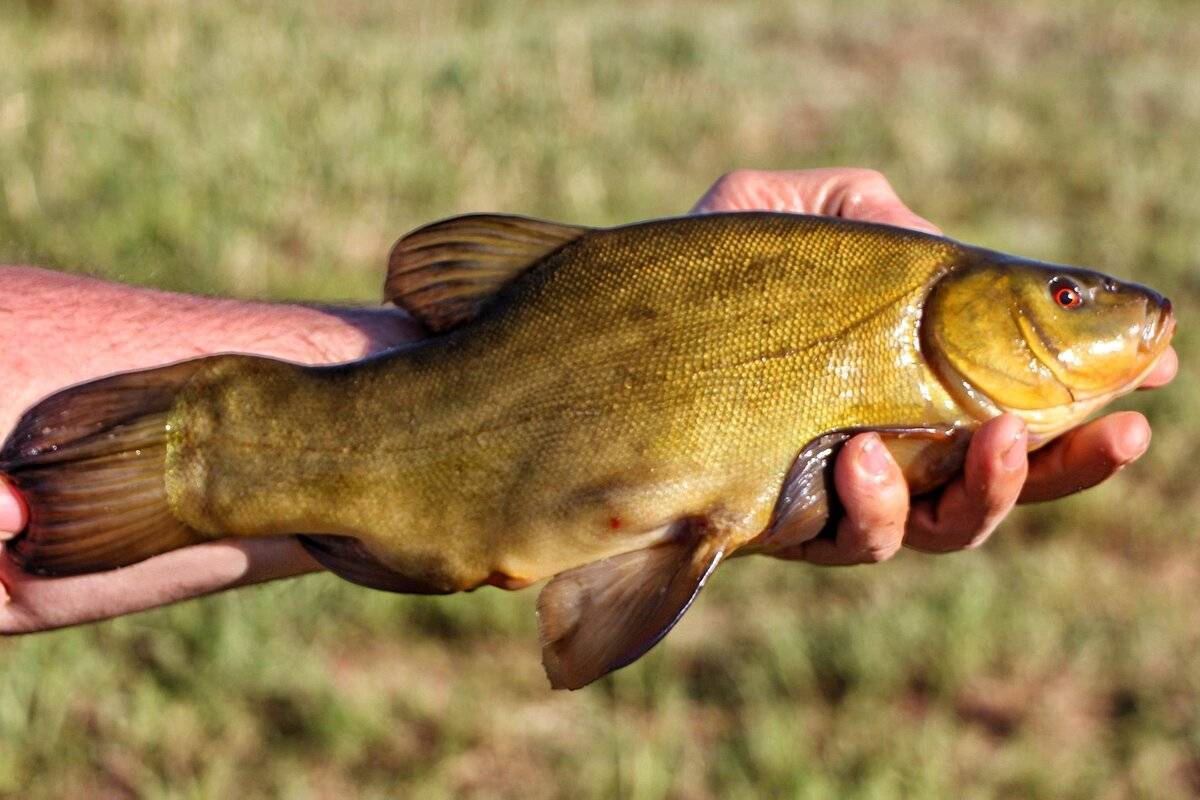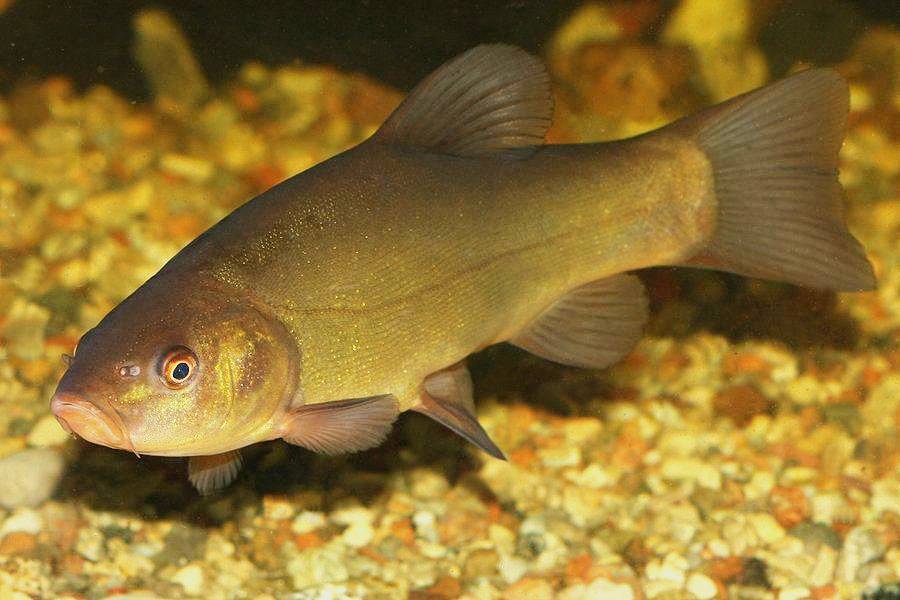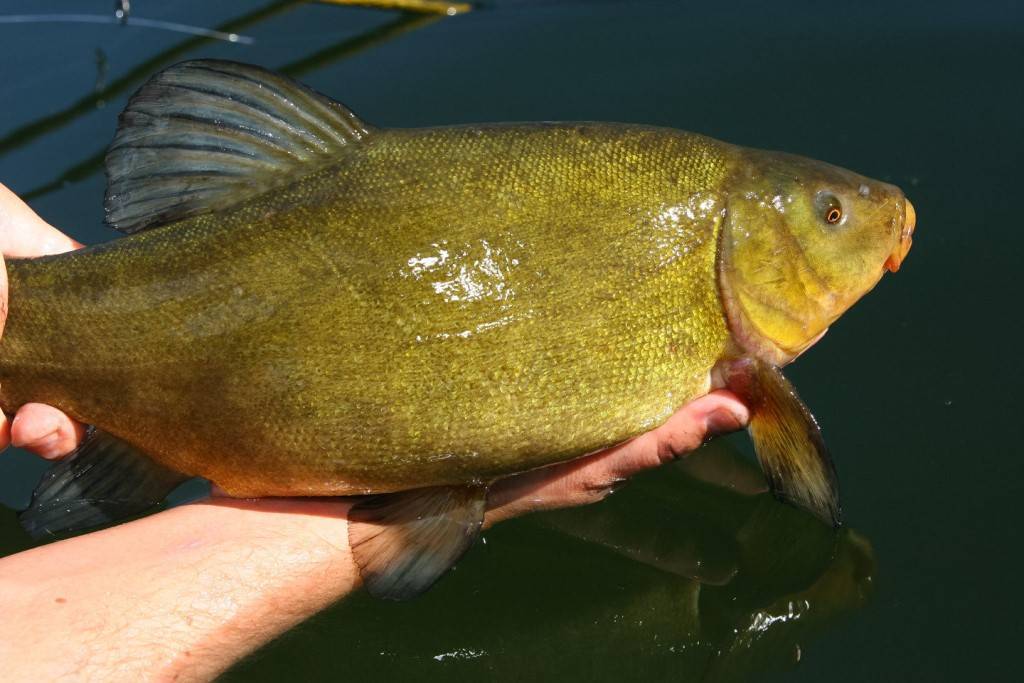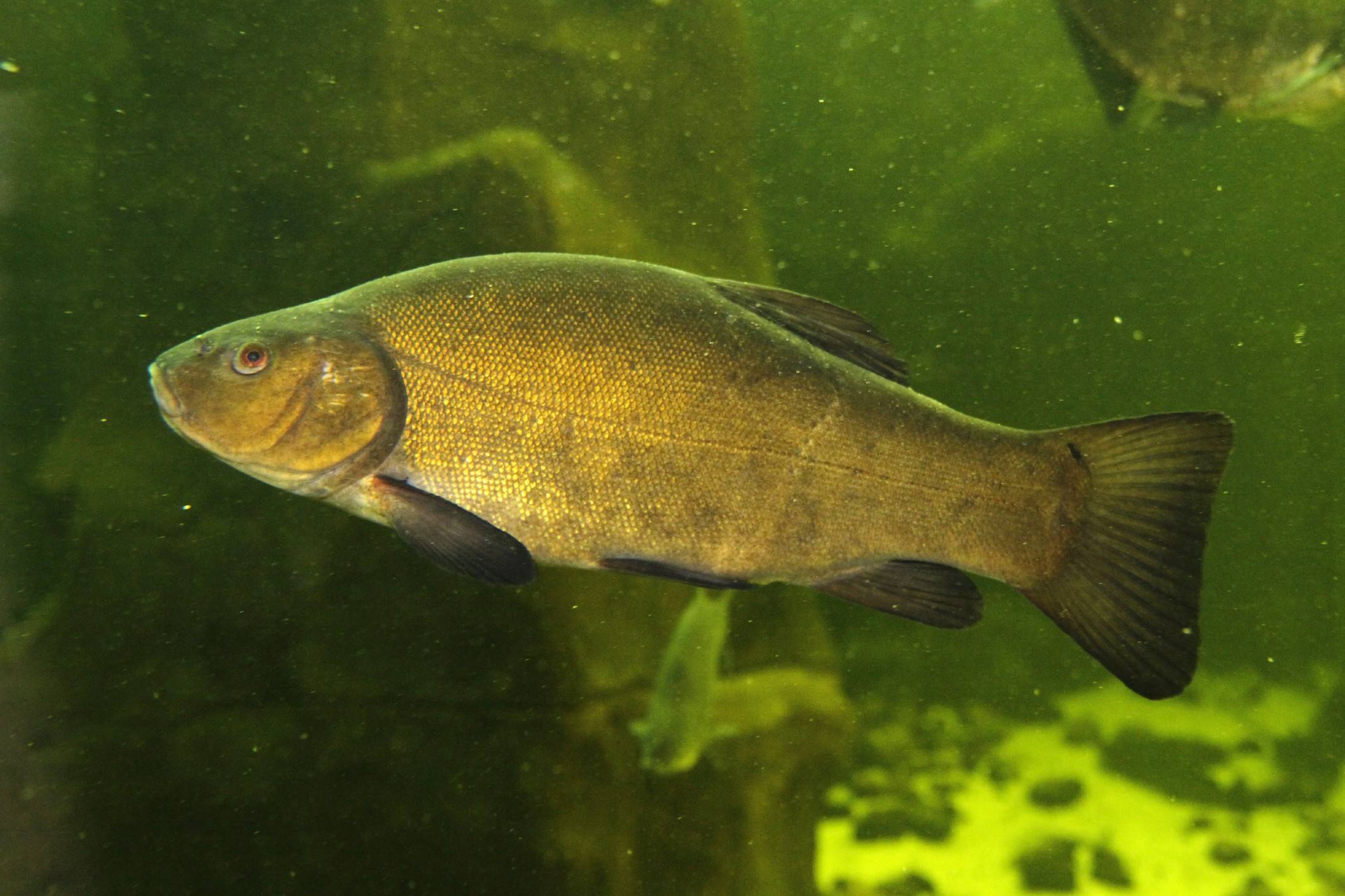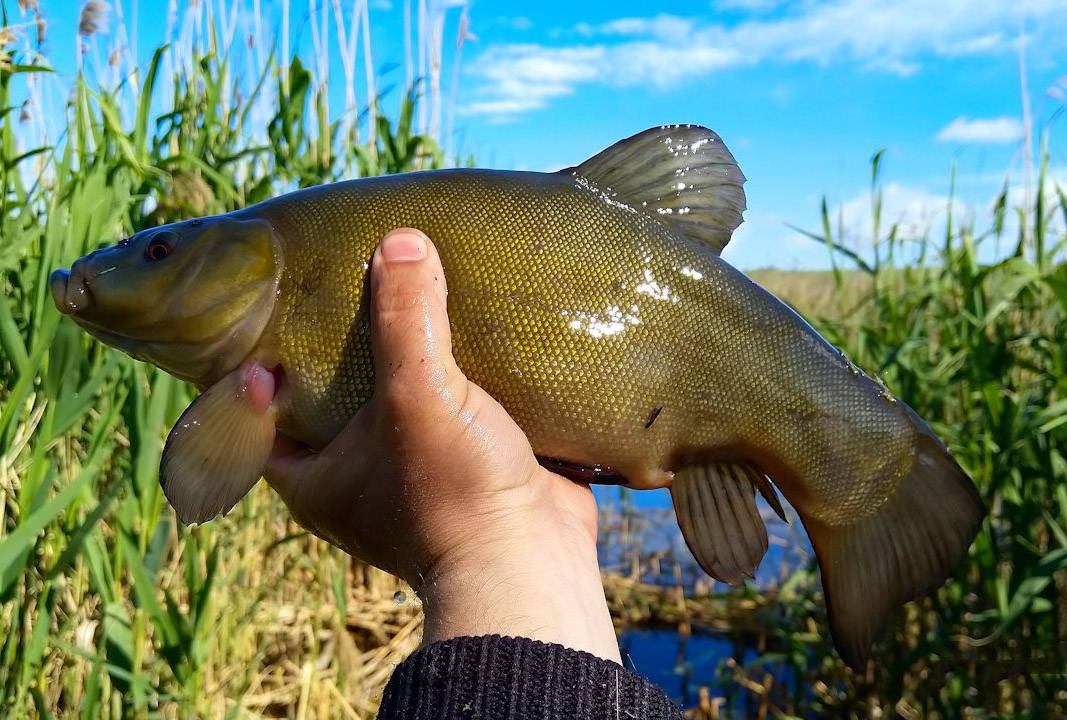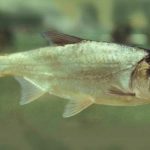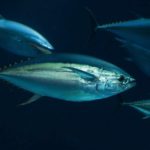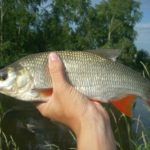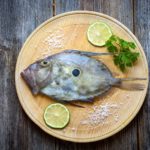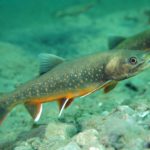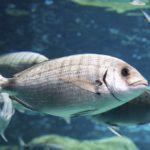Tench is an interesting fish that loves a warm water environment and feeds on almost anything it finds at the bottom of the water. He is rather lethargic and only becomes active when it is time for a meal or when he is hooked by a fisherman. It is not easy to pull a tench out of the water, as it is saved by its slimy body. For many fishermen, catching tench is a special experience, probably due to its rarity (in some areas it is listed as endangered), the unusual properties of its mucus and blood, or its delicious taste.
Description of the tench
Tench fish (lat.tinca tinca) is the only species of the genus from the extensive family of carp, belongs to the species of ray-finned fish. And although they are close relatives with carps, they have completely different appearance and behavior - except that the tench has the same antennae near its mouth and feeds by sucking particles from the bottom. This fish is actually yellow in color, but this will only be visible when all the mucus is removed, giving the appearance that it is molting - hence the name. In addition, these fish can live up to seventeen years.
Why is it called that?
The tench fish got its name due to its ability to change the color of its scales. When the tench is taken out of the water, a thick layer of mucus darkens, and when it dries, it falls off. An alternative theory suggests that the name comes from the word "sloth", as the species is known for its sluggish activity.
What does a fish look like?
The average size of tench fish is 30-40 cm, but there are cases when it reached up to 70 cm in length. The heaviest specimens can weigh seven to seven and a half kg, and the fish most often caught by Russian fishermen are 230-690 grams. The body is strong and short with a dense layer of mucus, which provides protection from predators and also helps the fish avoid oxygen deficiency during the hot summer months when there is not enough oxygen in the water.
The appearance of this attractive fish is unique; the color changes depending on the environment - if it lives in muddy water, it will be dark brown, and if it lives on sandy shores and in clear waters, it will be silver-green.
The tench's eyes are small and red, located deep in the head, making it appear bulky.In addition, the pharyngeal teeth have curved ends arranged in a single row, and the tail is straight, without any strong serrations or depressions; Moreover, the fins are darker than the rest of the body and appear somewhat thick.
Externally, tench is similar to crucian carp, but the second differs in the caudal fin, which has a “notch,” and fewer rays in the dorsal fin. Male and female tench are distinguished by their pelvic fins - in males they are larger, and the second ray is thicker. In addition, males are usually smaller than females, as females grow 30-40% faster.
Varieties
There are no other varieties of tench in the wild, but scientists obtained the Kwolsdorf and golden species through selection.
The Kwolsdorf tench is quite large, with a typical weight of 1.5 kg, but otherwise looks typical. The golden tench has an elongated body and yellow-orange scales, which makes it popular both for fishing and for decorating artificial ponds.
In addition, tench species are grouped by habitat:
- lake tenches are large in size and live in large bodies of water;
- pond tenches are thinner than their lake counterparts and live in smaller bodies of water;
- dwarf tenches grow to a maximum of 12 cm due to overcrowding of the habitat;
- Finally, river tenches live in slow-flowing rivers and have a slightly curved mouth along with a prominent thinness.
Habitat
Tench are found in many parts of Europe and temperate areas of Asia. In Russia, it is distributed in the upper reaches of the Ob and Yenisei rivers and in the southwestern waters of Lake Baikal. He especially likes to live in places located near the following bodies of water: the Azov, Caspian Sea; as well as near Black and Baltic.
The fish prefer habitats such as river bends or channels with slow-moving water, ponds surrounded by reeds or sedges, and lakes. Tends to avoid bright light, so it stays closer to the bottom or hides among vegetation. Tench loves mud because it is from it that he extracts food.
In summer, it moves to shallow water with warm temperatures and a depth of no more than two meters. It does not require high levels of oxygen to survive, unlike other fish. When the weather is hot, activity slows down significantly. This species spends its entire life where it was born - adults live alone, while juveniles form small groups of 6-15 individuals.
The tench is usually sluggish and clumsy, but when it is hooked, it is fast and ferocious in its attempt to escape. It hibernates in winter and emerges in the spring when the water temperature reaches 4°C. In order to feed, the tench stirs up the bottom of the reservoir, as a result of which bubbles form on the surface, indicating its location.
How does tench reproduce?
It reaches sexual maturity at approximately 3-4 years, when the weight reaches 200-400 grams. Spawning usually occurs in June or July, when the water temperature is 18-20°C, although in Eastern Siberia it occurs in early August.
It lays eggs in calm waters and does this in several stages with breaks between them of up to two weeks. The eggs are greenish in color and 1-1.2 mm in size, and the fish produces from 20,000 to 600,000 of these eggs. It takes 70-150 hours to hatch - a relatively short period - and the fry emerge 4mm long.They then feed on the yolk sacs for several days near their birthplace. After this, they group together and begin to feed on algae or zooplankton until they reach 3-5 cm at the end of their first year. A doubling of this size occurs by the fifth year, when the young grow to approximately 20 cm in length.
For these miniature animals, staying alive is quite a challenge: they have to quickly find food and escape from becoming prey for all kinds of other fish (including their older brothers and sisters). Very few succeed in this, so tench calves are rarely seen in fisheries. Those who remain alive hide in the vegetation, consuming increasingly larger aquatic insects.
Natural enemies
The mucous membrane of tench helps protect it from those who want to feast on fish meat, because predators are repelled by its slimy texture. However, fry and eggs, which are happily eaten by waterfowl, perch, pike, otters and muskrats, are destroyed in huge quantities. Caviar also disappears due to natural phenomena such as falling water levels, which causes it to dry out.
If we consider the tench population as a whole, they are not currently in danger; however, there are several factors that have a negative impact on them, such as the decline in lake quality due to human activities. Tench are also vulnerable in winter, when there is a sharp drop in water levels, causing them to freeze into ice. In addition, their numbers are declining due to increasing populations of rattan fish, which feed on their eggs and fry.
The tench is listed in the Red Book of the Yaroslavl region, Buryatia and Irkutsk region, and abroad it has been given protected status due to the small population in Germany.
Nuances of fishing
In March, spring comes and with it the tench fishing season begins, which lasts until mid-May, when the fish go to spawn. The season usually closes with the onset of cold weather, around mid-October. Fishing for this lazy and cautious aquatic resident may seem tedious and difficult, but it can be made interesting if you know its behavior well.
Bottom and float rods are commonly used for fishing, with worms or grubs being the bait of choice early in the season. Since aquatic plants begin to sprout later, their shoots or parts of leaves are recommended to be used for complementary feeding. Towards the end of summer, for better results, it is recommended to diversify the “treat” with peas, pearl barley, cottage cheese and dough.
When biting pieces of bait, it often takes several minutes before the fish swallows them; At this time, the movements of the fishing line are so subtle that anglers may mistake them for a sign of interest on the part of small fish.
It is necessary to pull the fish out of the water when the float suddenly capsizes or drowns. If a large tench grabs the bait, it will resist strongly - fight vigorously and try to hide in vegetation or burrow into the mud. Therefore, it is important to make sure that the fishing line you choose is strong. There is little chance that the hook will pop out of the fish's mouth on its own, but it can happen.
Is selling fish profitable?
Breeding this species is not a particularly profitable business venture. However, it can become a pleasant pastime or a source of additional income.
To begin with, you will either have to rent a lake from the state, or build a small pond that meets certain criteria, for example, with clay soil and a high water level. For any of these options, you will have to obtain the necessary permits before starting the project.
Sometimes fish are raised for sale or people are charged for the pleasure of fishing. There are two ways you can go: put one mature female and two or three males into a small pond, or purchase fry, which at first weigh 35-40 grams, but with proper nutrition can reach 200 grams by the second year, and after three years - 400 grams
In addition, it is best to initially release one fry, wait for it to acclimatize, and then add relatives. However, no more than 500 fry should be kept in 50 square meters, because otherwise they will not have enough space or food.
Tench is a typical inhabitant of ponds, which also contain crucian carp, carp and silver carp. When planning to create a pond for the purpose of paid fishing, it is important to take this circumstance into account, since tench are not active fish, usually remaining near the bottom.
Determining the profitability of a business enterprise for breeding this aquatic inhabitant depends on many factors, for example, on what species of fish will be adjacent to it, and what is the purpose of creating such a pond.Adults are fed grain waste and combined feed, and juveniles are fed worms, grass seeds, and crushed potatoes.
Interesting Facts
A few additional details to complete the portrait of the hero of the material:
- The mucous membrane of this fish has antibiotic properties, which makes it useful for medicinal purposes. Researchers have noticed that sick individuals swim up to healthy ones and rub their sides - this suggests that they are trying to heal themselves.
- The fish is used as an ingredient in the preparation of homemade pastries - the filling from its meat turns out to be deliciously tasty and juicy. From a nutritional point of view, meat is low in calories (40-45 kcal per 100 grams) with a moderate fat content (3.5-3.8%).
- Nutritionists note that this fish is able to provide the human body with iodine, fluorine, phosphorus, vitamins A, C, E, PP, B2, B6 and B12, along with polyunsaturated fatty acids.
Tench is an attractive and determined fish with tasty meat. Fishing with it will bring pleasure to people who are energetic and have quick reflexes - thus, the angler will experience great satisfaction, and the family will be able to enjoy the fish during a meal.

